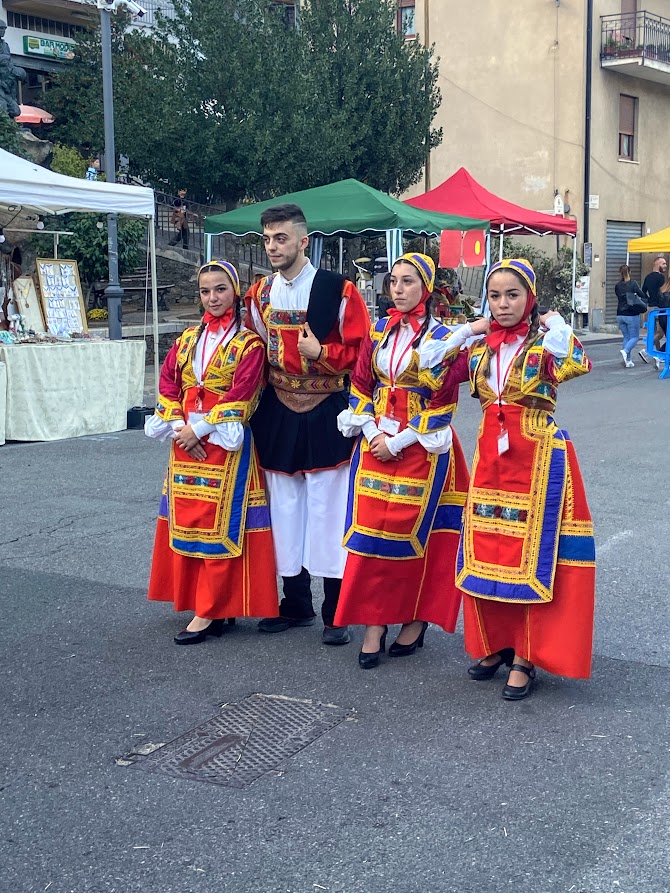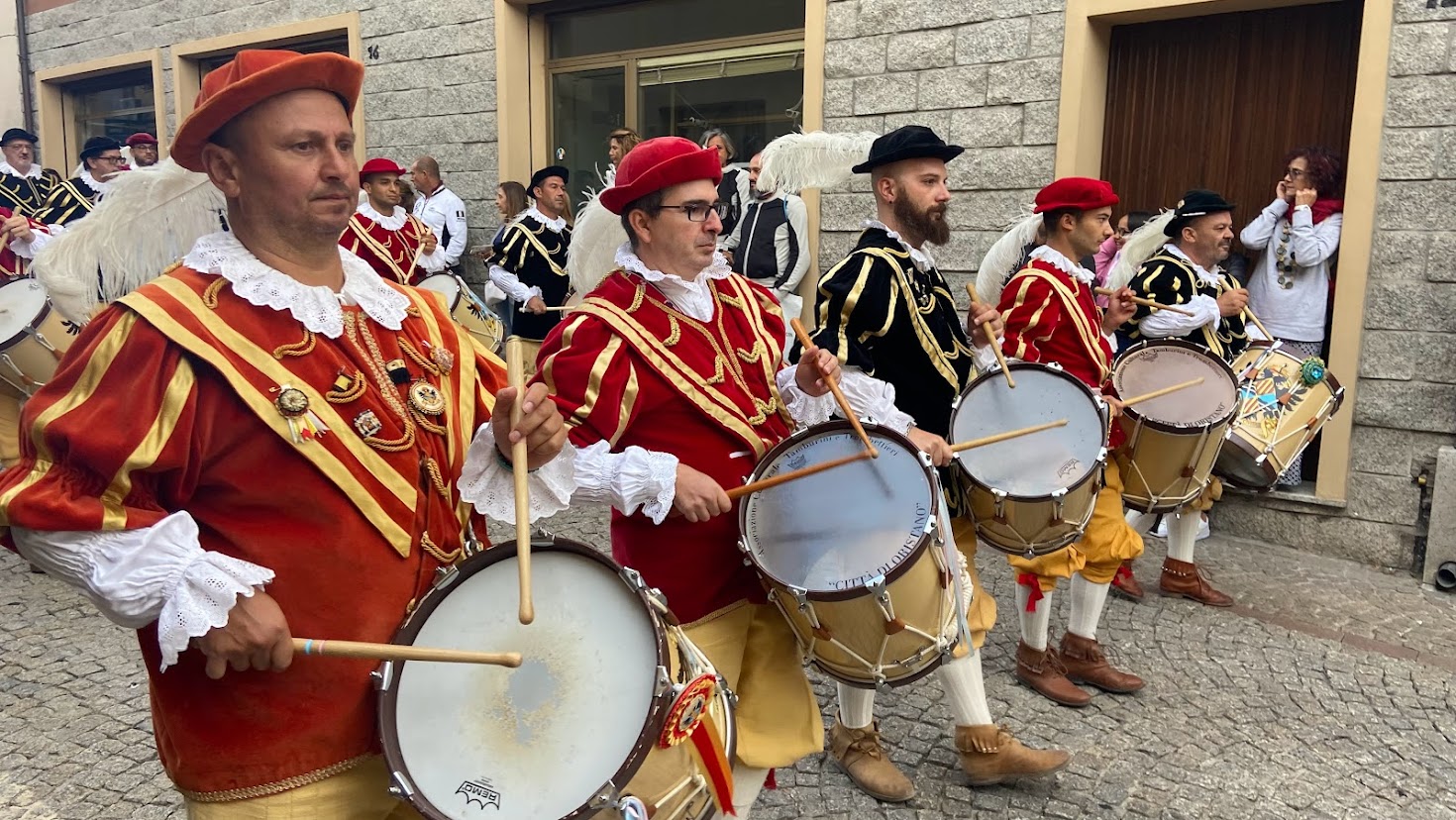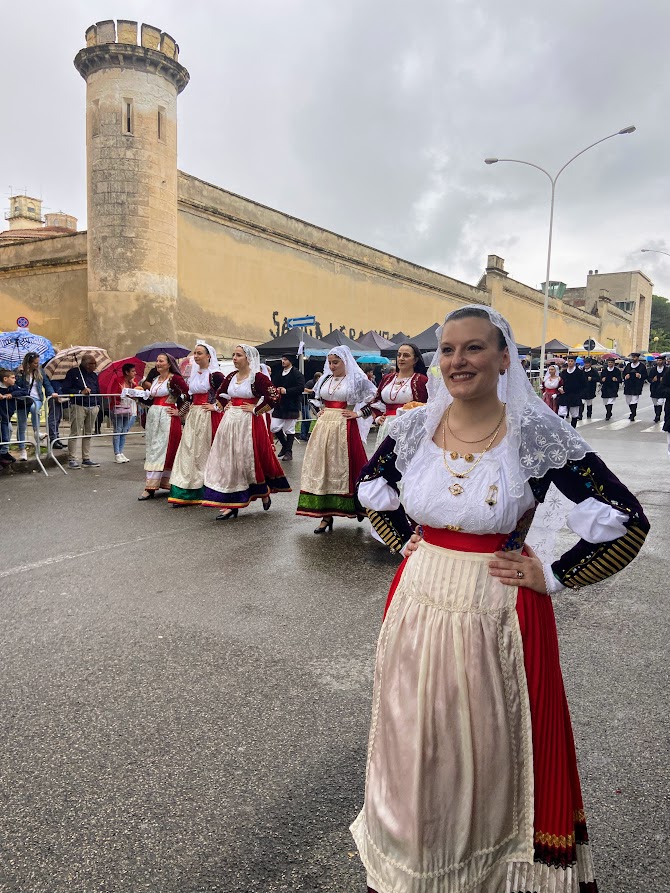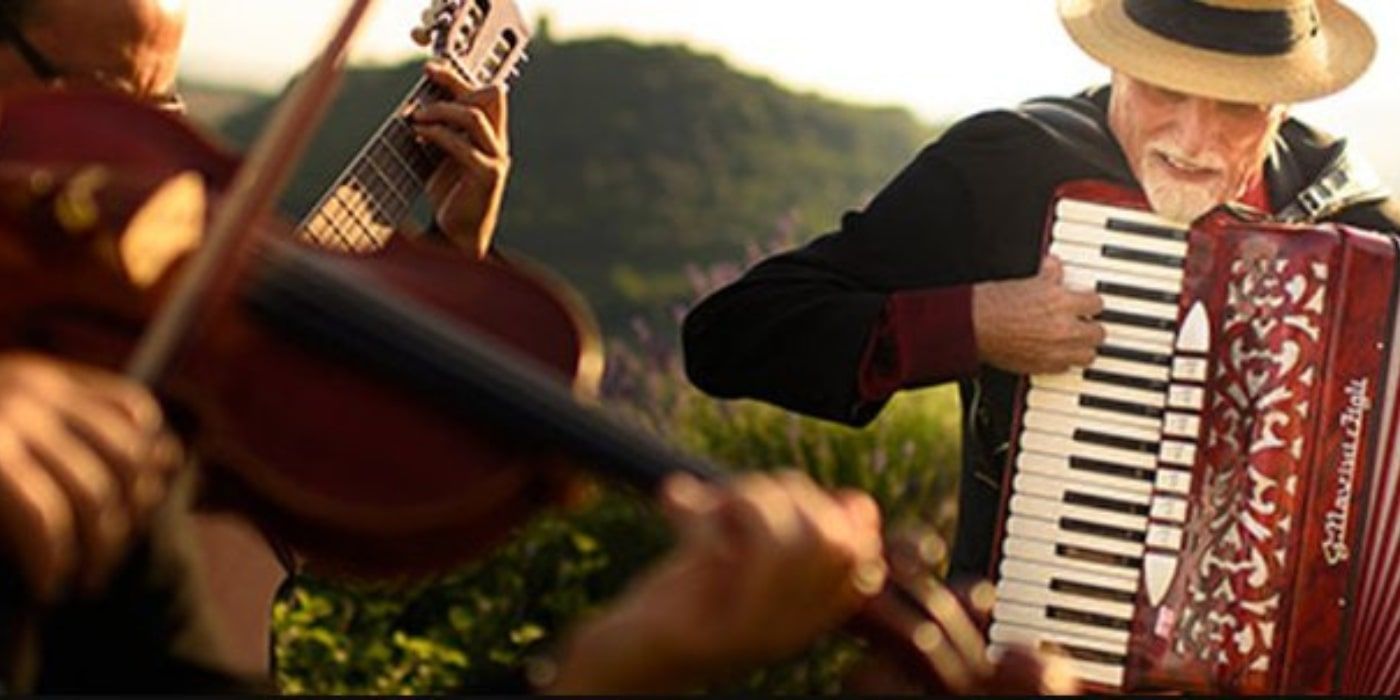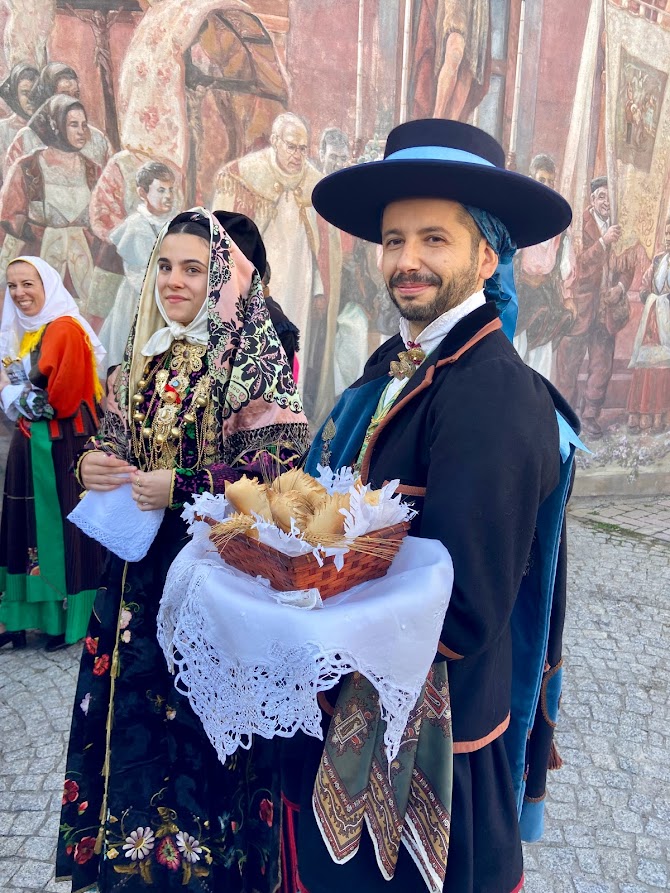
Religious holidays
Sardinia is a land, that oreserves and protects its ancient traditions, many of which are passed down and maintained through festivals and rituals. The most famous religious holidays on the island include: Sant´ Efisio. Since 1652, always from the 1st to the 4th of May, the Sant´Efisio festival brings together thousands of people not only from Sardinia, but from all over the world. For centuries, people have come to the city of Cagliari to celebrate Saint Efisio for freeing the city from the plague, making a pilgrimage in his honor from the Sant´Efisio church in the historic district of Stampace, to the church in Nora where the saint has been martyred. The procession is a riot of colours, rose petals, filigree gold jewelery and delicately decorated dresses, passed down through the generations, complemented by bullock carts, men on horseback and incredible energy. The feast of Sant’Efisio lasts until May 4, when the saint is brought back to Cagliari. The celebrations in honor of the Madonna of Bonaria. During the year, Cagliari, the capital of Sardinia, celebrates three feasts in honor of the Madonna of Bonaria, the supreme patroness of Sardinia and special the protector of sailors: On March 25, April 24 and the first Sunday in July, the festivals attract an immense amount of believers from all over Sardinia to pray at Madonna´s feet, entrus themselves to her maternal protection, ask for help for their loved ones and give thanks. Sant´Antonio. Feast of Sant´Antonio takes place according to ancient rites in the middle of June. The celebration starts in the morning in Arbus, where the statue of the saint is placed on a cart pulled by a pair of bullocks and accompanied by carriages, decorated tractors and many believers to the town of Sant´Antonio di Santadi. The route is approximately 38 kilometers long and it is one of the longest processions in Italy. L´Ardia of San Costantino. The traditional religious event takes place every year on July 6 and 7 in honor of the Roman Emperor Costantine I (in Sardinian language called Santu Antinu), who defeated Maxentius in 312 at the battle of the Milvian Bridge. It´s a ritual horse race and even though the Ardia races are also held in many other centers on the island, the most famous and important one is the S´Ardia in Santu Antinu of Sedilo, in the Oristano province. Ardia derives from the word bardiare – to protect, keep safe. Three chosen knights receive blessed banners (Sas Pandelas) from the priest: the first golden yellow, the second red, the third white. The procession of city dignitaries and several hundred knights led by the first knight (Sa Prima Pandela) then slowly moves to a small rocky outcrop, south of the town of Sedilo, towards the church of Santu Antine, which is the destination of the race. Brave knights who carry the standards protect the leader and his chosen men from raging horde of “pagans.” The race itself (Ardia) starts without much warning, when, after a gunshot is fired, the riders rush at incredible speed down a winding, dusty road towards the sanctuary, which they circle clockwise several times. The race is led by three pandels (knights with banners), followed by knights in white shirts, representing the army of Saint Constantine. Other riders and runners representing the pagan soldiers of Maxentius´ army, follow them, trying to get over the pandels. First banner, Sa Prima pandela, must never be crossed, as this would mean the victory of paganism over Christianity. Assumption of the Virgin Mary. The feast in the Christian calendar, known as the feast of the Assumption of the Virgin Mary, is celebrated on August 15 and is one of the most important religious holidays in all of Italy. Catholic church celebrates the assumption of the Virgin Mary, body and soul, into heaven. In many places, processions are organized, which, according to Byzantine tradition, are preceded by the dressing of the sleeping statue of the Virgin Mary. The Madonna is dressed in a tunic, embroidered with gold and silver threads, sandals and a silver crown, decorated with donated jewels, expensive rings and necklaces. The processions are accompanied by traditional songs to Mary, which have a very distant origin from the first centuries of the Christian era. The celebrations have ancient origins and have evolved over time not only in their religious and pious aspects, but also in the civil ones. During the day, various theater and musical performances, dances in the squares, traditional games and fireworks take place. The Candelieri. Faradda di li candareri (in Sassari dialect), or “Descent of the Candelabrums”, is a festival held on August 14 in Sassari, the evening before the Feast of the Assumption. Around ten candlesticks in the shape of large wooden column are carried to the rhythm of pipes and drums through the historic center of the city to the church of Santa Maria di Betlem. Inscribed on the UNESCO Intangible Heritage List since 2013, the festival is one of the most characteristic festivals in Sardinia, attended by thousands of people from all over the world every year. The tradition of the celebration probably arose from a promise made to the Virgin Mary, who interceded for the end of the plague epidemic. The celebrations officially begin on August 5th with the “descent of the small candlesticks”, on August 10th with the “middle candlesticks”, and August 14th itself then represents the peak of Faradda. Each candlestick represents 1 guild (public transport workers, shoemakers, farmers, blacksmiths, carpenters, butchers, greengrocers, tailors, wayfarers and others). In the early morning hours, the “dressing of the candlestick” takes place in the house of the highest representative of the guild, which the members of the guild decorate with great care and devotion. Every candlestick is decorated with differrent color silk ribbons and at the top of it is a picture of the saint patron of the guild or a depiction of the Virgin Mary. It is the members of the guilds who carry candlesticks weighing almost 400 kilograms on their shoulders in a dancing procession to the church, where they turn them three times in honor of the Virgin Mary, thereby fulfilling the promise made and ending the ritual. The Feast of the Redeemer in Nuoro. On the last Sunday of August, thousands of people witness one of the most captivating sacred events in Sardinia. The Feast Sagra del Redentore di Nuoro (the feast of the Redeemer in Nuoro) was born as a tribute to the statue of the Redeemer, which has been looking down on the Nuoro town from Mount Ortobene since 1901. Over the years, the festival took on an increasingly strong folkloric meaning, and today, in addition to its religious character, it is also a festival of folk traditions. Folk groups from all over the island take part in the spectacular parade, and the procession of costumes and carnival masks attracts the attention of thousands of curious people who are stunned by the music and variety of costumes every year. The festival has a strong religious and touristic significance and represents a tight bond between the town of Nuoro and Mount Ortobene.
